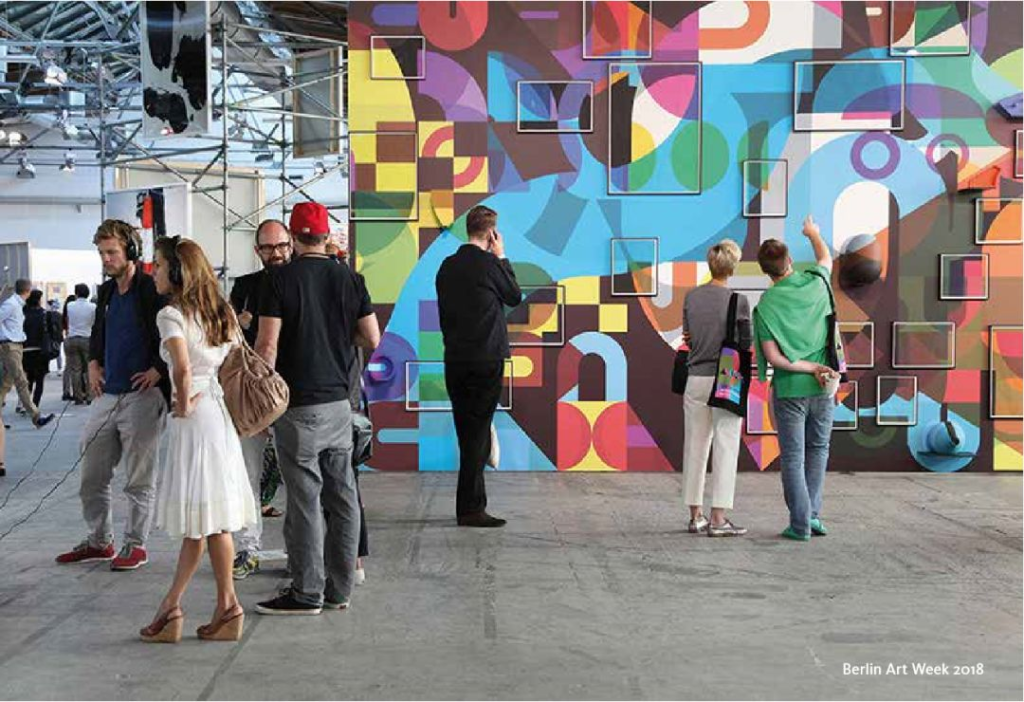On April 7, Ningbo Creative Salon 2019 Spring Summit set up four thematic workshops: creativity and design, new media film and television, branding and communication, art and cultural creation. 12 leaders covering various fields of art, creativity, design, branding, communication, cultural creation, new media, short video, digital marketing, shared their experiences, skills and cases for the guests. They also brought interactive seminar topics for everyone to open up the value of the workshop. In the evening of the summit, we invited our Professor Steffen to share his thoughts on the development of new fields.
Steffen Kalauch (Steffen Kalauch): Professor at the University of Applied Sciences for Design and Communication in Hamburg, Germany, and Distinguished Professor at the Sino-German School of Design and Communication, Zhejiang Wanli College. He graduated from the Department of Visual Communication at the Kassel College of Art in Germany and has taught at the University of the Arts in Berlin and the Sino-German Institute of China Academy of Fine Arts. He has been involved in many design projects for the German federal government, Berlin and Hamburg city government. Research interests: urban branding, sustainable design.

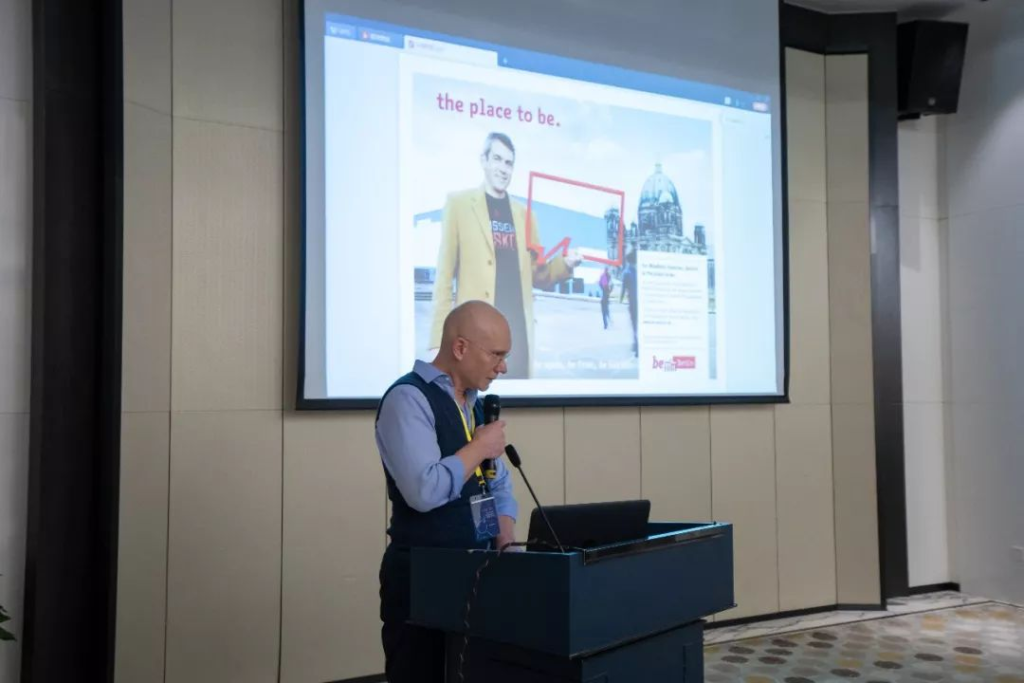
So how does Prof. Steffen describe Berlin as a "design capital"?
Berlin (Germany)
Berlin is known as the cultural, political, media and scientific capital of the world. Berlin's universities, research institutions, sporting events and museums enjoy an international reputation. The metropolis has also been named a "City of Design" by UNESCO and has the highest number of visitors on the European continent. Berlin is world-renowned for its architecture, festivals, nightlife and all kinds of living conditions.
The Berliner Wappen (the coat of arms of the citizens of Berlin) has been the heraldic animal of Berlin since about 1280 and still adorns the coat of arms of Berlin today.

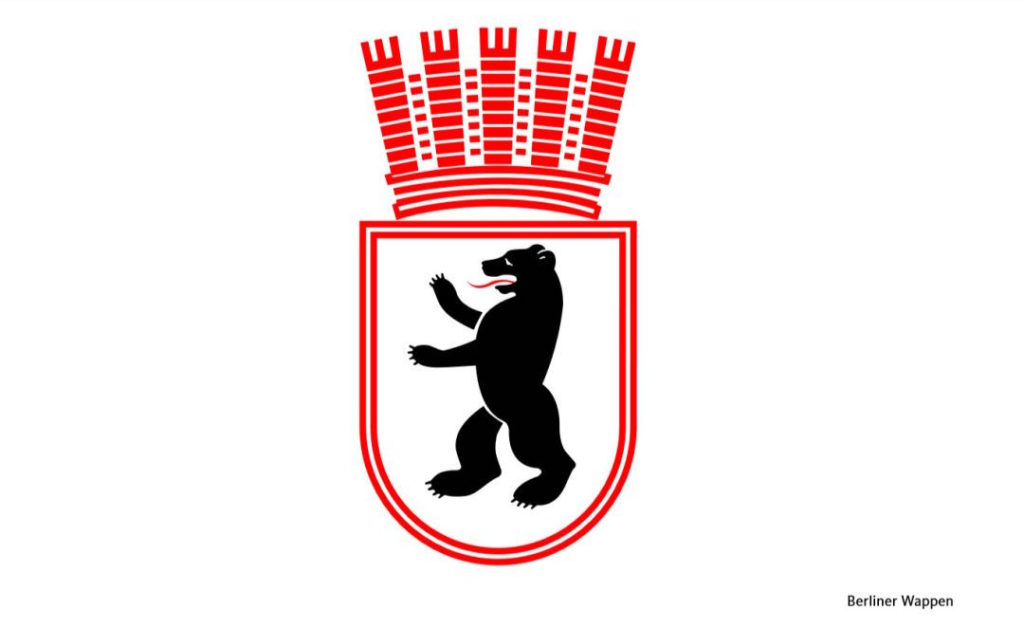
Architecture (architecture)
Many of Berlin's landmarks, the Reichstag, the Berlin TV tower, the Alexandroplatz train station in the Limmit district, museums and other exquisite buildings have become icons of the country. Many are linked to many important historical events of the 19th and 20th centuries. Today, the Brandenburg Gate is considered a symbol of German unification.

History (history)
The Berlin Wall (Berliner Mauer) is believed to be no stranger to everyone. After the end of World War II, Germany was divided into four occupation zones, controlled and administered by the United States, the Soviet Union, Britain and France, respectively. Likewise, Berlin, the former capital of the German Empire (1933-1945), was divided into four parts. 1961, during an operation Night Mist, the GDR began to build a wall in Berlin. For nearly 30 years, it served not only as a dividing line between the communist and capitalist systems, but also as a family member of segregation. 1989 saw the fall of the Berlin Wall, which was chiseled to pieces by so-called "wall peckers," who came to chisel the wall and knocked down its painted faces to make souvenirs.
Checkpoint Charlie (Mauermuseum am Checkpoint Charlie), the wall museum displays some highly innovative and original objects that show how the Volkswagen escaped the GDR. Among them are an old Volkswagen whose trunk was a hideout, a miniature submarine, a hot air balloon and a deflated suitcase. Fortunately, today the guards at Checkpoint Charlie no longer check IDs - their role is simply to take pictures of the Volkswagen.
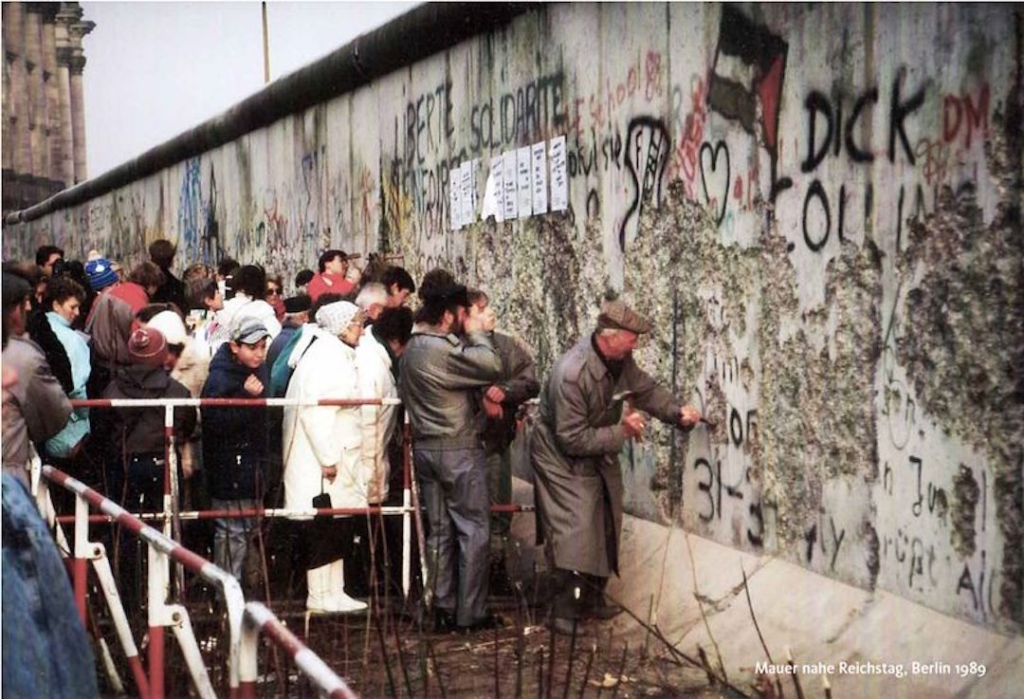
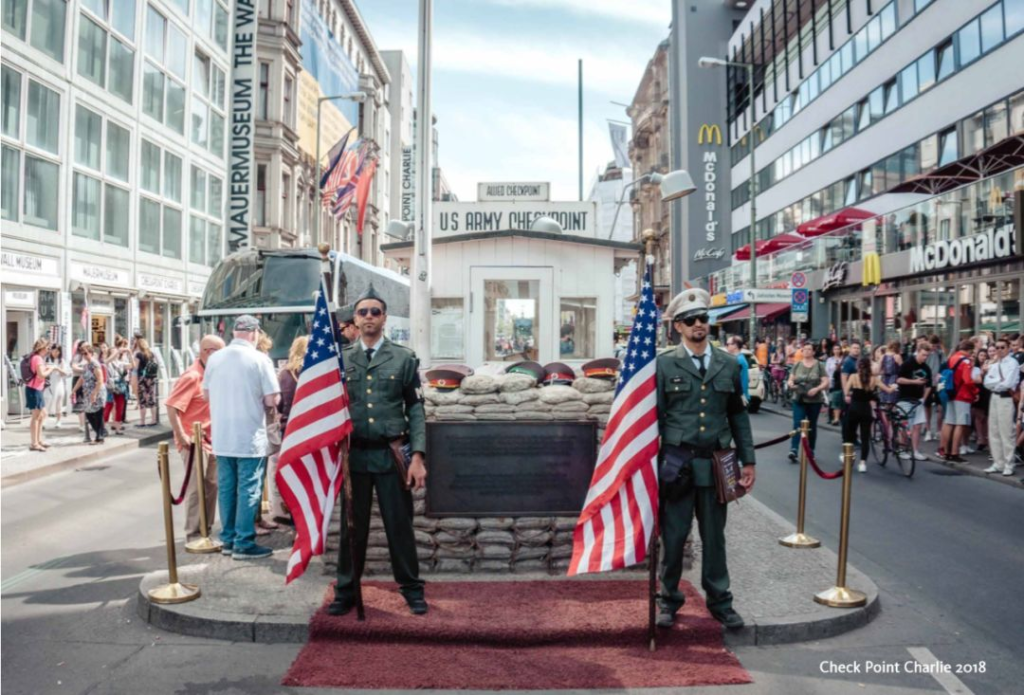
Open & free
"Be Berlin" is the capital city's mass campaign, launched by the Berlin Senate on March 11, 2008, to make all aspects of Berlin known regionally, nationally and internationally. Various communication projects have been developed and implemented together with partners from business, science, culture, modern industry, sports and social affairs. The aim is to position Berlin as a special city to live and work in.
Project B (Das B) is a collective project that deserves the commitment of the entire city. For some, Berlin may mean parties, drugs and unlimited freedom. For others, it means sanctuary, family and roots. Berlin is like a kaleidoscope - colorful, magical, and made up of many individual parts. People, stories, history and other aspects make up this famous city. Every Berliner sees Berlin in its own way. Here, countless cultures, preferences, age groups, ideals and ideas come together.
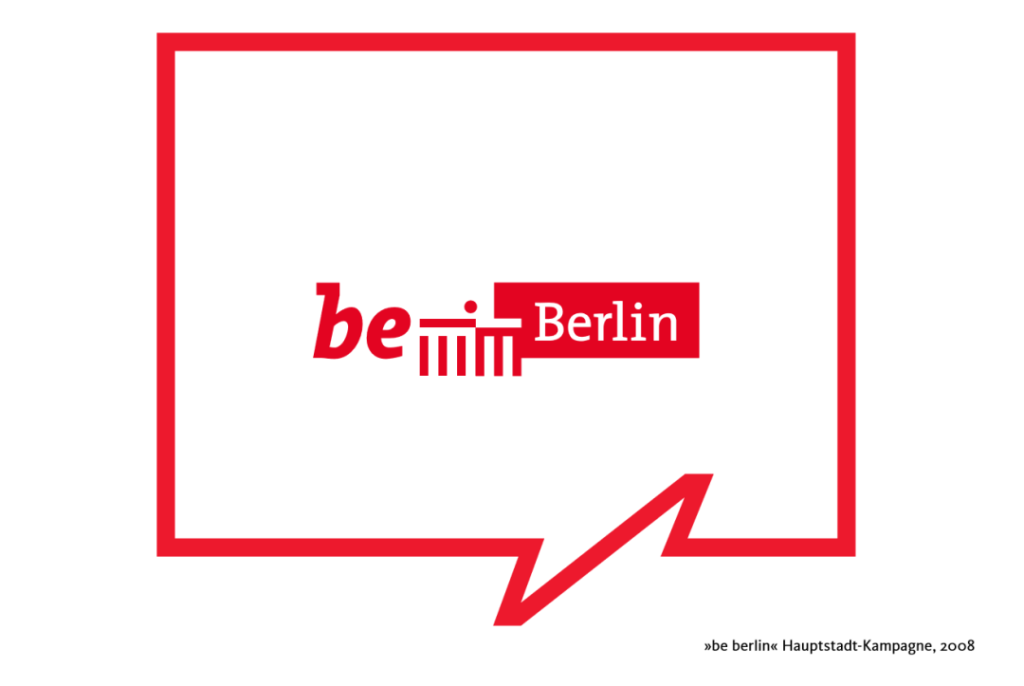
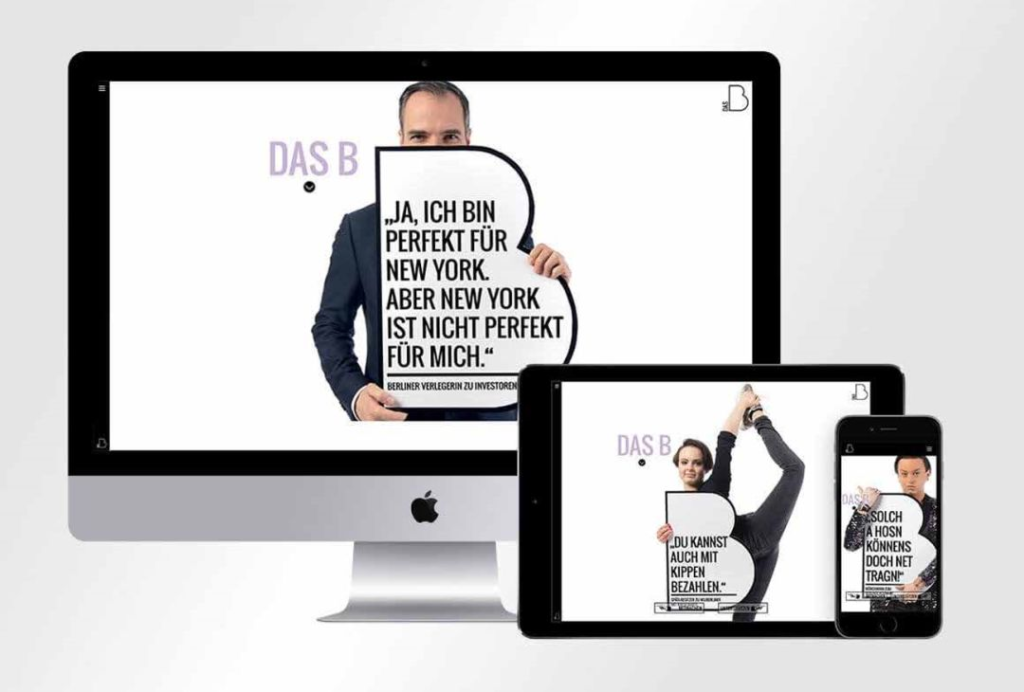
Public transportation (transport)
Berliner Verkehrsbetriebe is Berlin's bus company, which operates subways, trams and buses in and around the city. In 2015, Berliner Verkehrsbetriebe launched a campaign with the theme "Because we love you". The main audience was all Berliners. The visual presentation is a recreation of Berlin fever. The presentation is rough, straightforward and confident.
There was also a big production. To commemorate the "Berlin Bus", Adidas designed a sneaker in 2018. The sneakers not only feature the Berlin Bus seating pattern, but also function as tickets. The tongue of the shoe contains an annual pass - those who wear the sneaker on their feet can ride the company's public transportation for free. The unique design and the limited number of 500 pairs make them an ideal collector's item.

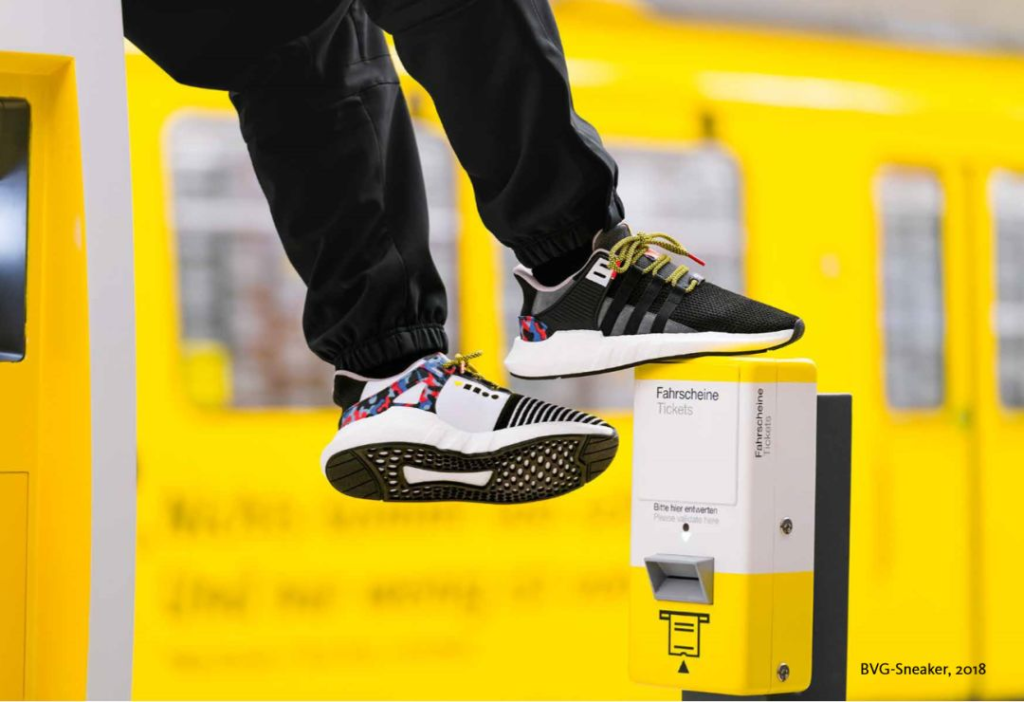
Berlin's State Opera House is also an important cultural and historical nexus in Berlin. The "House of World Cultures" is an exhibition space for international contemporary art in Berlin and a forum for current developments and discourses. The Gallery Weekend and Berlin Art Week are a highlight of contemporary art in the German capital.
In Prof. Steffen's opinion, for city branding and branding of public facilities, we need to emphasize how the branding of public spaces and public facilities can fully take into account the needs of citizens in their daily lives. This time he took us through a unique city image of Berlin, and next time he will explain how to create an attractive city image through city branding and branding of public facilities.
